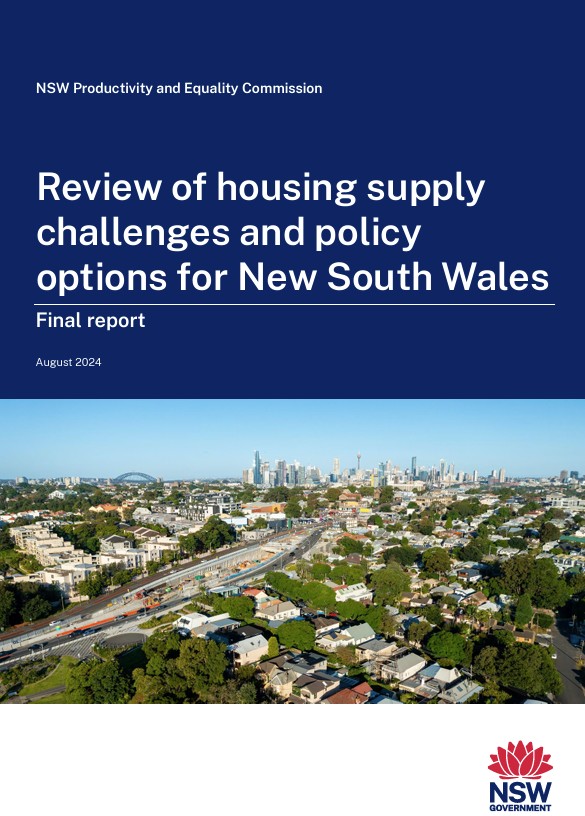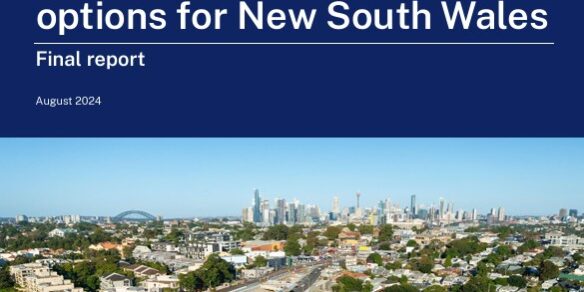Published on Linkedin in December 2024

They do not get enough credit, the NSW Productivity Commission people. Their recent ‘Review of Housing Supply Challenges and Policy Options’ report sheds light on the importance of maintaining a pro-housing regulatory environment.
Their blunt statement in Section 2 of their Report says: “Create a pro-housing regulatory environment”. They call for a regulatory environment that prioritizes housing development by implementing specific measures:
·Restricting the use of design panels and competitions
·Relaxing design-related requirements in the Apartment Design Guide that impact feasibility
·Evaluating the effects of recent building reforms on development feasibility
·Temporarily halting additional building reforms that increase construction costs without clear public interest
·Focusing on certifier recruitment, training, and enforcement to enhance building quality
·Simplifying and aligning local government construction controls to enhance feasibility.
These suggestions, aimed at promoting high-quality design and construction while addressing regulatory challenges, have broad implications for cities like Sydney as they undergo densification. Striking a balance between regulations and incentives is crucial for ensuring the development of better living spaces.
Eternal vigilance in assessing and monitoring reforms is needed. Cost-benefit analysis should occur before so-called ‘reforms’ are enacted. Yet too often this is honoured in the breach, not as routine practice.
Better, “nicer” dwellings depend on a balance between regulation and incentives. Feasibilities depend on that. While cracking down on sub-standard practices is essential, it is important to avoid impractical approaches. Effective regulation ultimately benefits consumers. Getting it right stops negative consequences for everyone.







